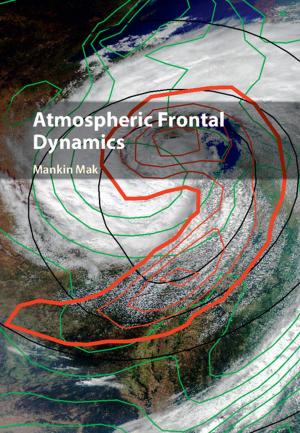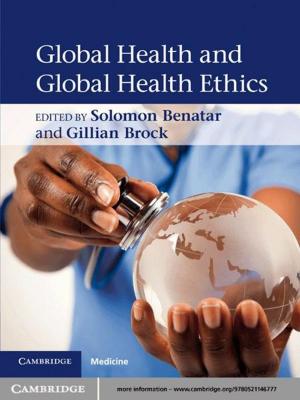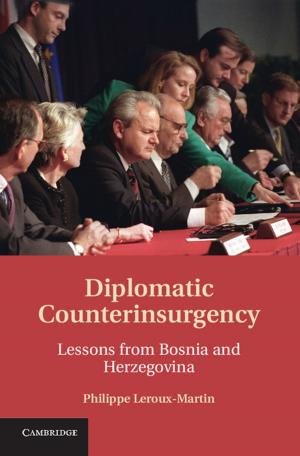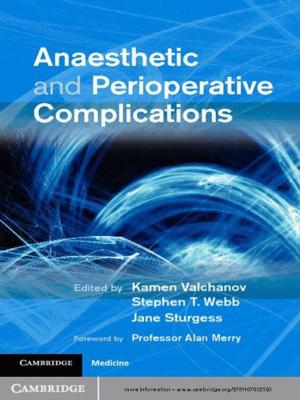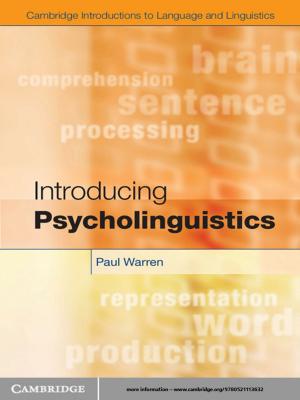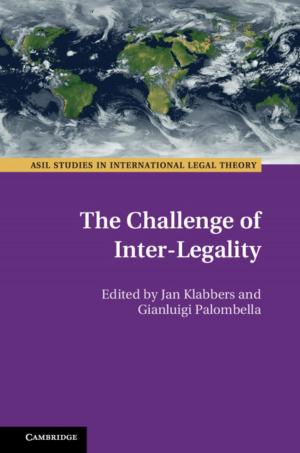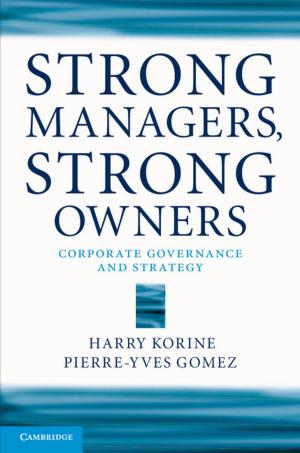Emergency Airway Management
Nonfiction, Health & Well Being, Medical, Specialties, Anesthesiology, Reference, Test Preparation & Review| Author: | ISBN: | 9781316290637 | |
| Publisher: | Cambridge University Press | Publication: | March 19, 2015 |
| Imprint: | Cambridge University Press | Language: | English |
| Author: | |
| ISBN: | 9781316290637 |
| Publisher: | Cambridge University Press |
| Publication: | March 19, 2015 |
| Imprint: | Cambridge University Press |
| Language: | English |
From principles of oxygen delivery and patient assessment, through rapid sequence induction of anaesthesia and tracheal intubation, to the difficult and failed emergency airway, this book from an expert team of clinicians guides the reader through every aspect of emergency airway management. Retaining the concise, accessible format of the first edition, it includes a new section on human factors and improving teamwork and performance, an expanded special circumstances section, and a summary of the 4th National Audit Project of the Royal College of Anaesthetists and Difficult Airway Society and its implications for practice. Updated guidelines, new technologies such as videolaryngoscopy, and recent evidence have all been incorporated into the chapter content, ensuring that the book reflects best current practice. This thoroughly updated new edition remains an essential resource for navigating a highly challenging clinical scenario and will be of value to emergency medicine, intensive care, anaesthesia and acute medicine clinicians.
From principles of oxygen delivery and patient assessment, through rapid sequence induction of anaesthesia and tracheal intubation, to the difficult and failed emergency airway, this book from an expert team of clinicians guides the reader through every aspect of emergency airway management. Retaining the concise, accessible format of the first edition, it includes a new section on human factors and improving teamwork and performance, an expanded special circumstances section, and a summary of the 4th National Audit Project of the Royal College of Anaesthetists and Difficult Airway Society and its implications for practice. Updated guidelines, new technologies such as videolaryngoscopy, and recent evidence have all been incorporated into the chapter content, ensuring that the book reflects best current practice. This thoroughly updated new edition remains an essential resource for navigating a highly challenging clinical scenario and will be of value to emergency medicine, intensive care, anaesthesia and acute medicine clinicians.


